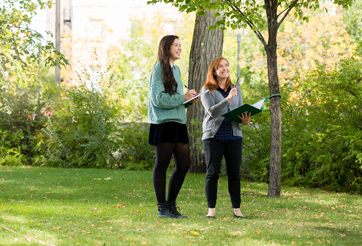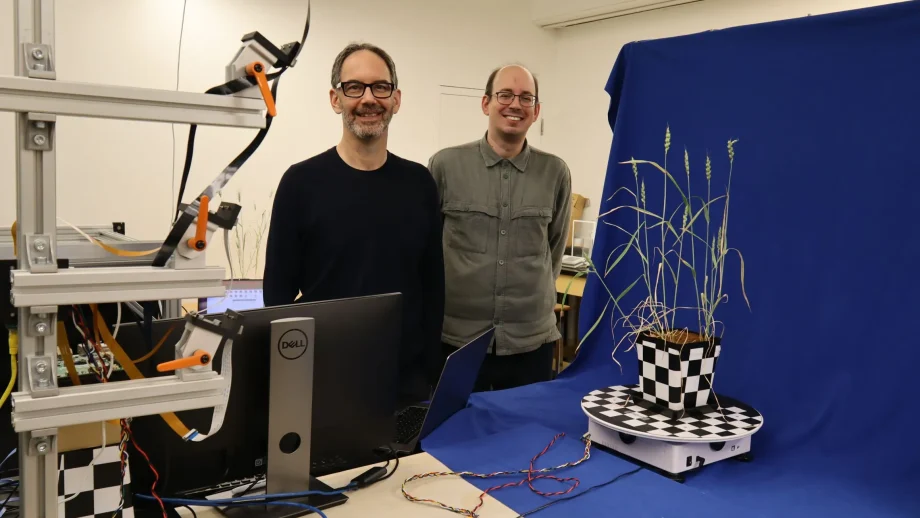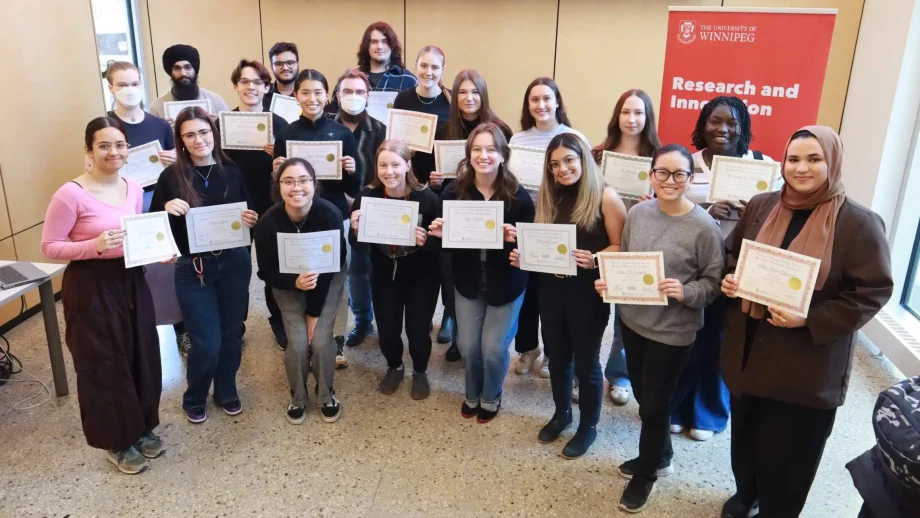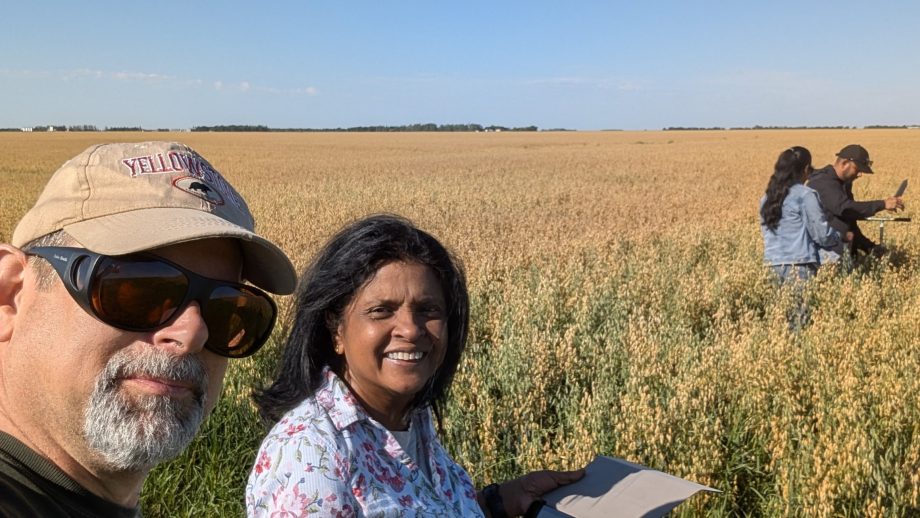The City of Winnipeg’s Urban Forestry Branch is collaborating with The University of Winnipeg on a research project to identify and prioritize the early removal of brood trees. Brood trees are trees that the female elm bark beetle uses to lay eggs and establish her brood (a new generation of beetles). These brood trees represent the small percentage of diseased elm trees that host the majority of elm bark beetle brood. The goal is to develop a simple, cost efficient and quick sampling technique to help prioritize trees for rapid removal. The pilot project will also assess the effectiveness of this approach.
“Previous research has shown that a small percentage of trees contain large amounts of elm bark beetles, thousands upon thousands,” said Martha Barwinsky, city forester. “We want to figure out how we can easily identify these trees so we can remove them quickly and potentially reduce the spread of Dutch elm disease.”
In cooperation with staff from the City of Winnipeg’s Urban Forestry Branch, researchers from The University of Winnipeg’s Centre for Forest Interdisciplinary Research are conducting field research to develop techniques to detect elm trees that contribute most to the spread of Dutch elm disease in Winnipeg neighbourhoods. Dr. Richard Westwood and two students from the Environmental Studies and Sciences and the Biology programs at UWinnipeg are monitoring infected trees over the summer. They will determine which trees are the best candidates for rapid removal to minimize the movement of disease carrying beetles to healthy elm trees.
“The beetles tend to go for trees that are already weak, which give off a funny smell they can detect. Our challenge is to go after these susceptible trees quickly and remove them,” said Dr. Westwood. “We are losing 2 to 3% of our elm trees annually. If this field project works, we could significantly slow the loss of our much-loved elm trees.”
Traditionally, most diseased elm trees are removed during the fall and winter which gives the elm bark beetle the opportunity to breed in these trees in summer. Earlier removal of diseased elm trees by end of August significantly reduces beetle populations, but the removal of thousands of trees within a short timeframe is logistically difficult. By targeting the early removal of the small percentage of diseased elm trees that host the majority of the beetle brood, it is expected that the City could more effectively manage the spread of Dutch elm disease, which is primarily spread by the native elm bark beetle.
The pilot project will be conducted in areas of the city with a high density of urban elm trees on both public and private property, including select parts of the Wolseley, Wellington Crescent and Crescentwood neighbourhoods, and is expected to run for three years.
Brood trees are identified by sampling for egg-laying galleries under the tree’s main stem bark. Each diseased elm in the pilot area will have a section of bark removed to count the number of galleries in each sampled tree.
As the $30,000 pilot project gets underway this summer, the City will provide information to affected property owners about the purpose of the project, the need and criteria used for early removal of a small proportion of trees, and to gain consent for removal of sampled trees.
For more information about Dutch elm disease, visit City of Winnipeg – Dutch Elm Disease Service.
–30–
Media inquiries should be directed to:
City of Winnipeg Media Inquiry Line at 204.986.6000 or via email at MediaInquiry@winnipeg.ca
Follow us on Facebook: facebook.com/cityofwinnipeg
Follow us on Twitter: twitter.com/cityofwinnipeg
Eva Wasney, E-Communications Coordinator, The University of Winnipeg,
P: 204.988.7129, E: e.wasney@uwinnipeg.ca





